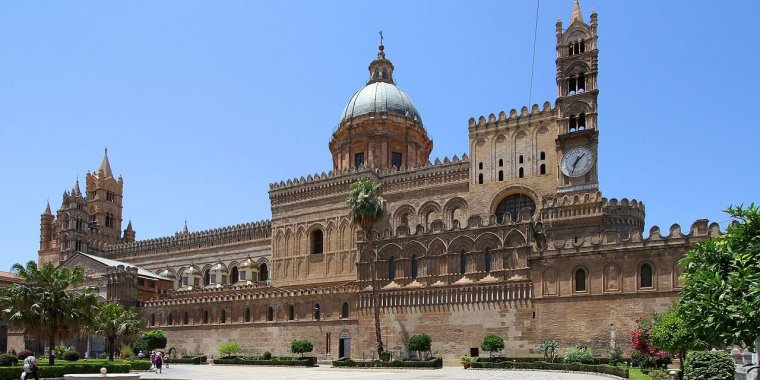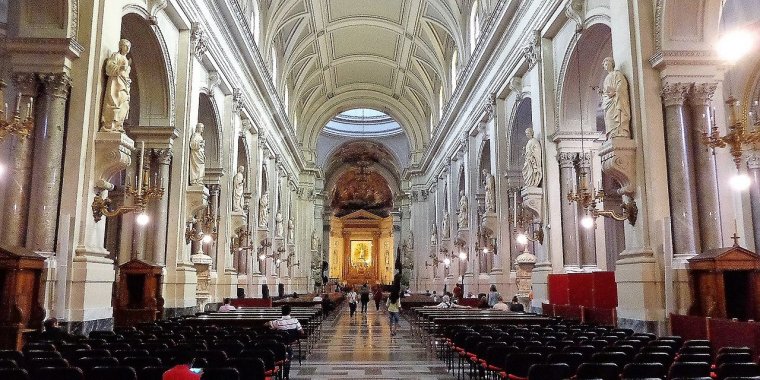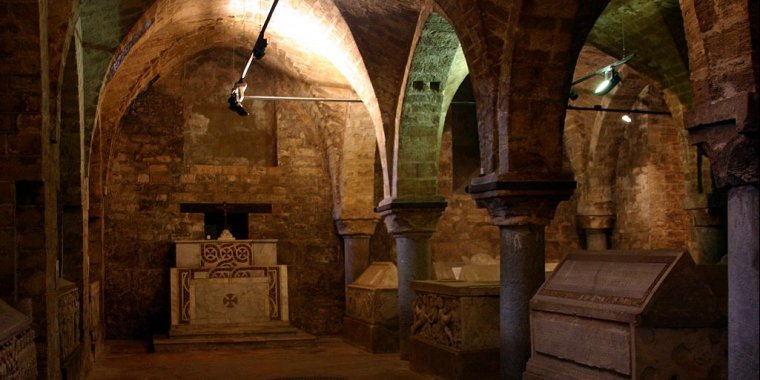| Published in Attractions / Places of Interest |
Palermo Cathedral, Sicily, Italy
Palermo Cathedral (La cattedrale metropolitana primaziale della Santa Vergine Maria Assunta) is the cathedral church of the Roman Catholic Archdiocese of Palermo, located in Palermo, Sicily, southern Italy. It is dedicated to the Assumption of the Virgin Mary. As an architectural complex, it is characterized by the presence of different styles, due to a long history of additions, alterations and restorations, the last of which occurred in the 18th century.
The church was erected in 1185 by Walter Ophamil (or Walter of the Mill), the Anglo-Norman archbishop of Palermo and King William II's minister, on the area of an earlier Byzantine basilica. By all accounts this earlier church was founded by Pope Gregory I and was later turned into a mosque by the Saracens after their conquest of the city in the 9th century. Ophamil is buried in a sarcophagus in the church's crypt.
The medieval edifice had a basilica plan with three apses, of which only some minor architectural elements survive today.
The upper orders of the corner towers were built between the 14th and the 15th centuries, while in the early Renaissance period the southern porch was added. The present neoclassical appearance dates from the work carried out over the two decades 1781 to 1801, and supervised by Ferdinando Fuga.
During this period the great retable by Gagini, decorated with statues, friezes and reliefs, was destroyed and the sculptures moved to different parts of the basilica. Also by Fuga are the great dome emerging from the main body of the building, and the smaller domes covering the aisles' ceilings.
The western entrance is on the current Via Matteo Bonello, and has the appearance set in the 14th and 15th centuries. It is flanked by two towers and has a Gothic portal surmounted by a niche with a precious 15th-century Madonna.
Two lintelled ogival arcades, stepping over the street, connect the western façade to the bell tower, which is annexed to the Archbishops Palace (now Museo Diocesano). This has a squared appearance adorned in the upper part by a fine crown of smaller belfries and small arcades.
The south side has outstretching turrets and a wide portico (the current main entrance) in Gothic-Catalan style, with three arcades, erected around 1465 and opening to the square. The first column on the left belonged to the original basilica and the subsequent mosque, as testified by the Qur'an verse carved on it. The carved portal of this entrance was executed in the period 1426 to 1430 by Antonio Gambara, while the magnificent wooden leaves are by Francesco Miranda (1432).
The mosaic portraying the Madonna is from the 13th century, while the two monuments on the walls, works of the early 18th century, represents King Charles III of Bourbon and Victor Amadeus II of Sardinia, both of which were crowned here, the latter with his wife Anne Marie d'Orléans in December 1713.
The area of the apse, enclosed by the turrets and grandly decorated on the external walls, is part of the original 12th-century building, while the more modern part of the church is the left side, which has an early 16th-century portal by Antonello Gagini. The South-Western façade, looking at the Archbishop Palace, dates from the 14th to 15th centuries.
The interior has a Latin cross plan, with a nave and two aisles divided by pilasters. In the first two chapels of the right aisle are the tomb of emperors and royal figures moved here in the 18th century from their original sites (mostly from the basilica itself). Here are the remains of Emperor Henry VI, his son Frederick II, as well as those of Peter II of Sicily.
A Roman sarcophagus is the tomb of Constance of Aragon, Frederick's wife. Under the mosaic baldachins are the tombs of Roger II, the first King of Sicily, and his daughter Constance. The last two were once located in the transept of the Cathedral of Cefalù.
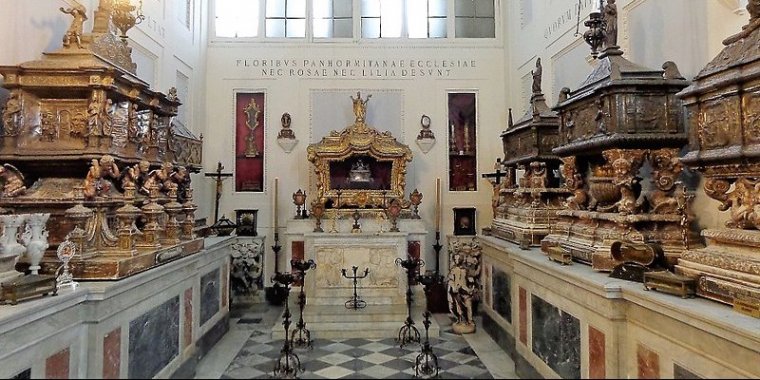
Palermo Cathedral - Chapel of the Relics. ![]()
The 1466 Gothic-Catalan style wooden choir and the marble remains of the Gagini's retable (removed during the 18th-century alterations) are also precious, as well as a marble statue of the Madonna with Child by Francesco Laurana and pupils (1469), a 13th-century polychrome Crucifix by Manfredi Chiaramonte, the holy water stoup on the fourth pilaster (by Domenico Gagini) and the Madonna della Scala by Antonello Gagini, on the high altar of the new sacristy.
The Relics Chapel contains the relics of St. Christina, St. Ninfa, St. Cosma, St. Agatha and St. Mamilianus, first patron of Palermo.
The crypt, accessed from the left side, is an evocative room with cross vault supported by granite columns, housing tombs and sarcophagi of Roman, Byzantine and Norman ages. People buried here include archbishops Walter Ophamil, the church's founder, and Giovanni Paternò, patron of Antonello Gagini who sculpted the image on his tomb.
The Cathedral Treasury contains goblets, vestments, monstrances, a 14th-century breviary and the famous Crown of Constance of Sicily, a golden tiara found in her tomb in 1491.
The Cathedral has a meridian, which may be considered as an earlier type of heliometer (solar "observatory"), one of a number constructed in Italian churches, mainly in the 17th and 18th centuries. This one was built in 1801 by the famous astronomer Giuseppe Piazzi.
Source
• www.wikipedia.org
YOU MAY ALSO LIKE
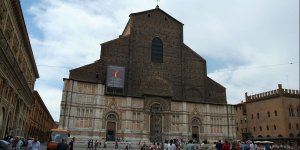


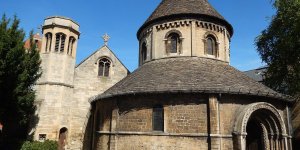
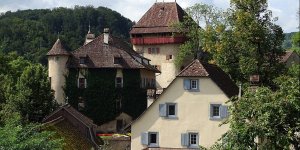
 If you own or manage a travel-related business such as a hotel, a bed-and-breakfast, a restaurant, a pub or a cafeteria, you can create a web page for your business for free on Titi Tudorancea Travel Info. » |
